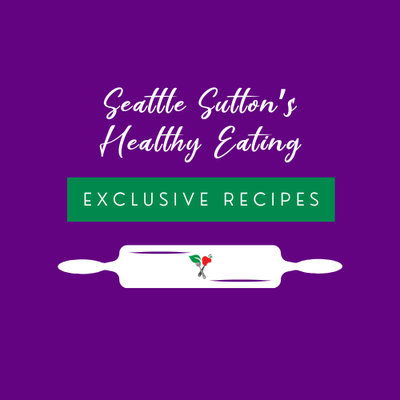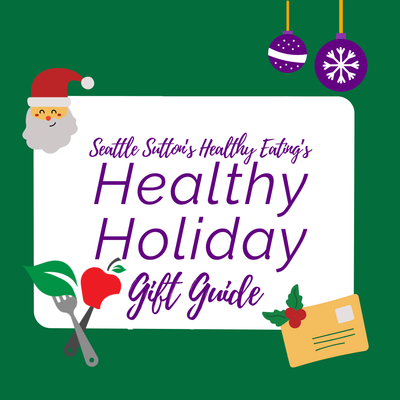Debunking Diverticulitis Diet Myths
The diet for diverticular disease has changed over the years. Research on what to eat to prevent a flare up found that much of the nutrition advice from the past did not stand up to the evidence. Many people, including some medical professionals, have not adjusted their recommendations to follow the latest evidence and in turn, there are many myths about what to eat for diverticulitis.
Diverticular disease consists of two different conditions, diverticulosis and diverticulitis. Diverticulosis is when pouches (or diverticula), develop in weakened walls of the intestines, often in the colon. Bacteria traveling through the digestive system can get trapped in these pouches and they become inflamed and infected. When this happens, it is a condition known as diverticulitis.
This condition usually impacts the elderly but can be diagnosed in those under the age of fifty. Risks for diverticular disease include a low-fiber diet, lack of exercise, constipation, age, genetics, and being overweight or obese.
Since diverticulitis can be very painful and require hospitalization, oftentimes people have anxiety over what to eat after a bout of diverticulitis to avoid a future episode. Read on to learn the facts about these myths.
Diverticulitis Myth #1: A Low-Fiber Diet is Always Best
The research consistently shows that a low fiber diet may actually increase the risk for diverticulosis. While in the hospital for diverticulitis, a person will be put on a low-fiber diet which often leads people to believe this diet is what they need to continue once they feel better. The low-fiber diet during a flare helps to reduce bowel stimulation and pain. However, this diet regimen is not recommended for long-term management, only during an acute flare-up.
Research published in the World Journal of Gastroenterology emphasizes that a high-fiber diet, including fruits, vegetables, whole grains, and legumes is generally beneficial for preventing diverticulitis flare-ups and maintaining bowel regularity. The fact is: constipation makes the problem worse and the best way to combat constipation is to eat a high fiber diet.
The recommendation after an acute flare-up, is to slowly increase your fiber intake to help waste move through the digestive tract by softening the stool and adding bulk which makes it easier to pass. A diet filled with plenty of plant-based foods (such as fruits & veggies, beans, whole grains) and drinking enough water is the best way to go!
Diverticulitis Myth #2: Avoid All Nuts & Seeds
One of the most common myths about the diet for diverticular disease is that you must avoid all nuts and seeds. People think they will aggravate diverticulitis or get caught in the pouches leading to a flare up. There is no scientific evidence to support this claim!
The truth is: nuts and seeds are an excellent source of fiber which as we discussed above is key for maintaining a healthy digestive system. Eating these foods regularly in the diet can prevent constipation.
However, if you are anxious about eating these foods we recommend discussing with your doctor. Fear, anxiety, and stress that you will have a flare-up could also lead to digestive issues. Follow your healthcare providers recommendations and keep a food diary with what you eat and your symptoms may also help you determine what is best for you.
Diverticulitis Myth #3: Never Eat Popcorn
Like nuts and seeds, popcorn is often thought of as a no-no with diverticular disease but thankfully this is also a myth. Again, there is insufficient evidence to support avoiding popcorn. A study in The Journal of the American Medical Associationconcluded that eating popcorn was not associated with a higher risk of diverticular disease.
Popcorn is a low-calorie, whole grain snack that is naturally low in fat, sodium, and very low in calories if prepared the right way. Just be sure to chew popcorn thoroughly and drink plenty of fluids. Again, if your healthcare provider has advised against eating popcorn, we encourage you to follow their recommendations.
Diverticulitis Myth #4: Stay Away from Spicy Foods
No evidence exists linking diverticular disease with spicy foods. Using spices and herbs can provide health benefits as well as help reduce the amount of salt you add to foods while providing great flavor. Spicy foods can be enjoyed in moderation with diverticular disease. Keep in mind that other digestive issues, such as GERD, can be impacted by spicy foods. Listen to your body but don’t fear that adding spices will lead to a flare up.
In addition to eating a higher fiber diet, some other lifestyle changes may help you to manage your condition better, such as:
- Staying Hydrated
- Drinking an adequate amount of water throughout the day helps prevent constipation and supports overall health. Aim for around 64 oz a day. Simple ways to increase your water intake include carrying a refillable water bottle, adding slices of fruit to water (such as lemon or lime), and drinking a glass of fluid with every meal.
- Participating in Regular Exercise
- Being active helps to promote regular bowel movements, helps you maintain a healthy weight, and improves overall digestive health. Consult with your healthcare provider on what type and amount of exercise is best for you. Start slowly and listen to your body.
- Managing Stress
- Having high levels of stress can worsen symptoms of diverticular disease by impacting digestive function, changing eating habits, and lowering the immune system. Find healthy ways to cope with stress and find ways to decrease the stress in your life. Strategies for managing stress include practicing yoga and deep breathing, engaging in regular exercise, getting enough sleep, and seeking support.
It's important to know the facts about the right diet for diverticular disease. By knowing the truth behind the myths, you will make more informed choices to effectively manage your condition, have less stress in knowing what to eat, and will enjoy a more balanced and healthy diet.
It’s time to move out of the dark ages when planning meals for diverticulosis and start including nutrient-packed berries, nuts, and seeds! Focusing on high-fiber, plant-based meals make managing this condition simple and delicious! Did you know that Seattle Sutton’s diverticulosis diet plan provide about twice as much dietary fiber as the typical American diet? Trying one of our convenient meal plans makes managing your diverticulosis a breeze!


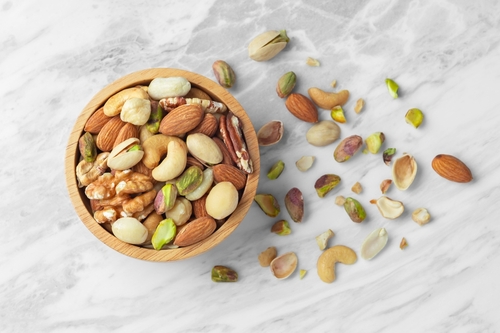
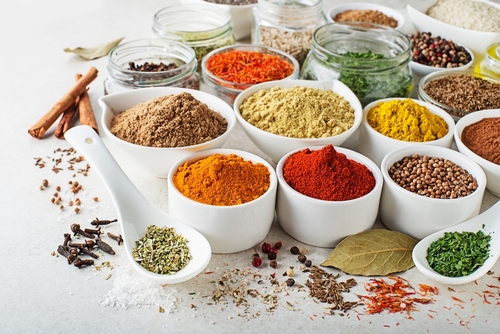



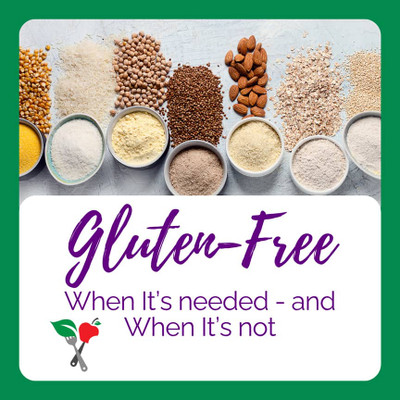

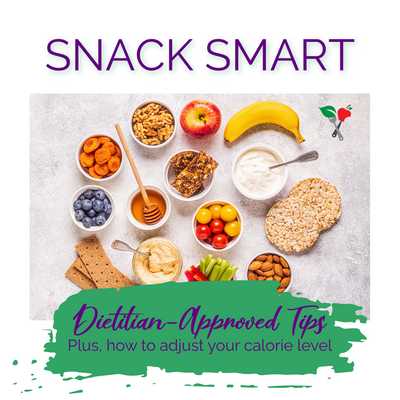
 Weight Loss
Weight Loss Health & Wellness
Health & Wellness Diabetes
Diabetes Heart Health
Heart Health Motherhood & Family
Motherhood & Family Dietary Restriction
Dietary Restriction Other Health Conditions
Other Health Conditions About SSHE
About SSHE